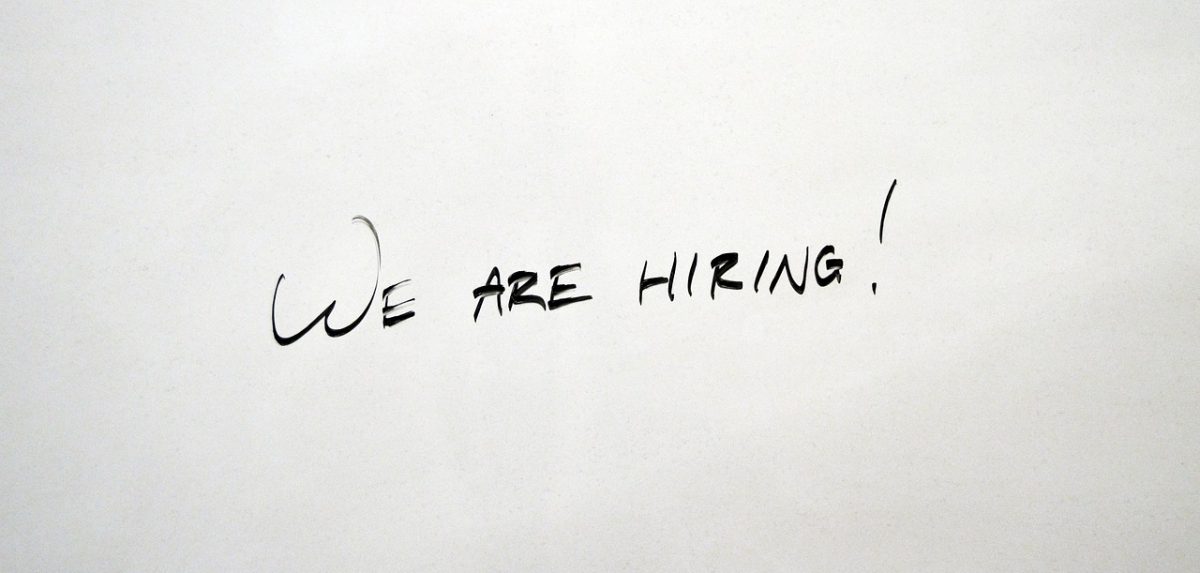
Everyone’s Competing for Talent
A decade after the Great Recession, we’re now in the midst of a tight labor market. Wisconsin’s unemployment hovers at 3%, which is lower than the 4.5% to 5% unemployment that the Federal Reserve targets. How should employers view this tight labor market, and how can they use sustainability to attract and retain talent?
In a tight labor market, individuals have more options about where they’ll work and what they’ll do. Companies are competing against each other to attract and retain staff. Additionally, Millennials and Gen Zers often have different expectations than those of workers of previous generations.
Studies show that 88% of millennials look for ways to contribute to social and environmental issues at work. This matters: by 2020 millennials will be 50% of the workforce! You are not only competing for talent; the terms of the competition are changing. Potential employees certainly care about salary and benefits, but they’re also likely to ask about work-life balance and corporate sustainability efforts.
The Importance of HR
Most companies are taking some action to reduce resource use. Unfortunately, it’s not always easy to learn about those efforts. This is a problem for recruitment. Potential candidates should be able to easily find meaningful information about your sustainability efforts on your website. Otherwise, it’s likely those candidates will pursue other opportunities first. Note that people want substantive information. A single paragraph saying the company is committed to sustainability won’t cut it.
Recruiters and HR staff must be able to talk confidently about the company’s sustainability efforts. These folks should have at least noteworthy statistics. (“ABC Corp has reduced its energy usage 10% since 2010—last year we received a national award for our efforts.”) Ideally, they will also have first-hand experience with corporate sustainability efforts. (“Everyone at ABC has the opportunity to join green teams that work on department and location-specific initiatives. I’m part of a group that helped to eliminate plastic water bottles at our headquarters.”)
To use sustainability as a lever in attracting and retaining staff, corporate sustainability leads must both achieve sustainability targets and engage existing staff in the corporate sustainability efforts. After all, the most cost-effective talent strategy is retention.
Engaging Current Employees Is a Win
Effective engagement isn’t an occasional article in the employee newsletter or posters in the break room. It is a collaborative effort to build shared practices and a culture where reducing waste is the new normal. Effective engagement means getting regular folks involved, hearing their ideas, empowering them to be part of the change, and then celebrating shared accomplishments.
The magic happens when employees are a part of the company’s sustainability efforts. Engagement in these efforts will grow their pride in their company. Existing employees talk up the company to their friends, thus creating authentic endorsements. This makes recruitment easier while also increasing retention. It’s a major win for corporate talent efforts while also accelerating sustainability efforts.
Contact us to talk more about how you can leverage your corporate sustainability efforts to attract and retain talent.
Comments are closed.




